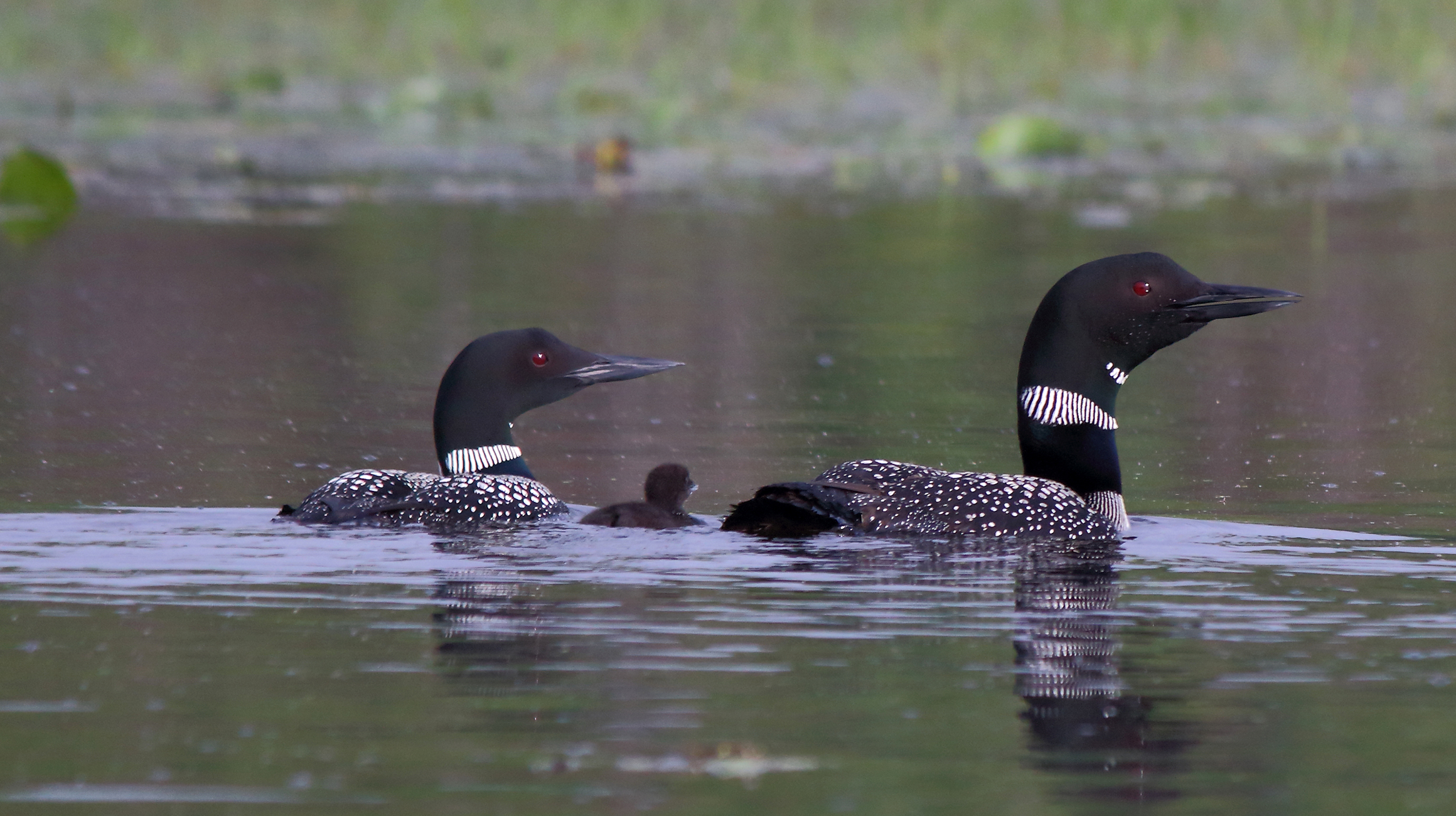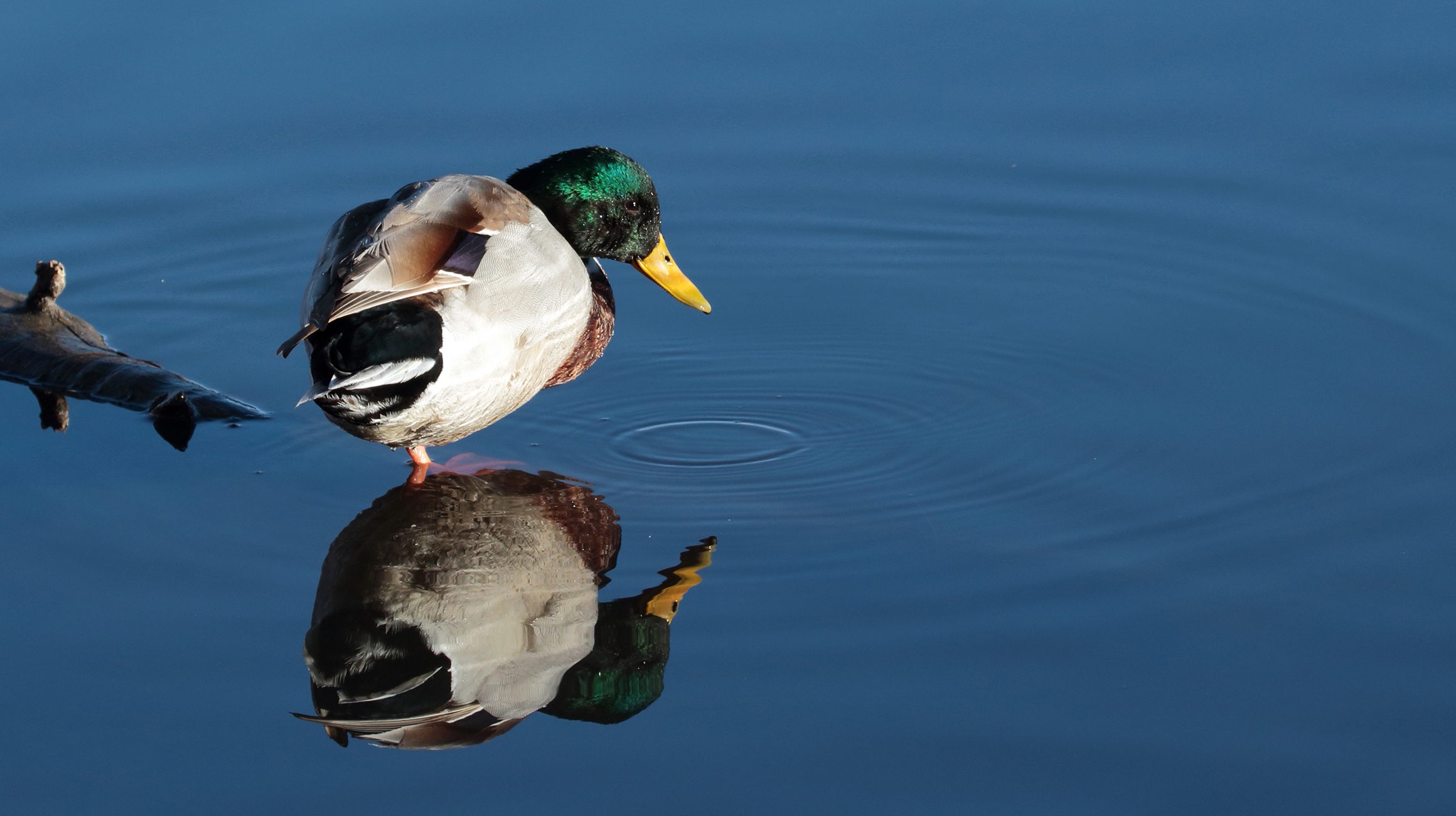What is the most effective way to conserve waterfowl habitat across 240 million acres? This question is at the heart of a 2017 revision of the Upper Mississippi River and Great Lakes Region Joint Venture Waterfowl Habitat Conservation Strategy. To direct resources to the locations that have the highest potential positive impact, conservation planners are combining social and ecological data within a spatially-explicit decision support tool. This model-based tool will support the JV partner organizations’ efforts to both improve waterfowl habitat and to provide outdoor recreation opportunities across the landscape in the most cost-effective way possible.
In addition to biological information, it brings together several types of social data:
- County-level waterfowl harvest data (via the Harvest Information Program),
- Human population distribution data relative to potential habitat areas (using data from the U.S. Census),
- Potential contribution to water quality improvement and flood abatement (impaired sub-basins identified by the Eastern Tallgrass Prairie and Big Rivers LCC), and
- Potential contribution to Great Lakes coastal wetland function and lake/tributary water quality (identified by the Upper Midwest and Great Lakes <LCC).

Common Loon. Photo courtesy of Andrew Don Carlos.
Research Insights
The tool is in its final stage of completion, and will provide new data to JV partners to assist with implementation of the North American Waterfowl Management Plan in their respective areas.
For instance, combining waterfowl harvest data, human distribution, and biological data will allow the Joint Venture and partner organizations to prioritize habitat restoration and conservation in areas that:
- Have the best potential for positive waterfowl population response,
- Are most accessible to hunters and/or have potential to provide new areas to hunting to assist with hunter recruitment, retention, and reactivation, and
- Have potential for maximal use by birdwatchers and other outdoor recreationists.
Outcomes
By including social as well as ecological data (e.g. of impaired and altered watersheds contributing to Gulf Hypoxia and to flooding in the Great Lakes Region), the JV hopes that the decision support tool will assist partners in undertaking landscape-scale waterfowl conservation actions that provide the greatest benefits for both birds and humans. Further, these actions will benefit both traditional stakeholders such as waterfowl hunters and other outdoor recreationists, as well as the general public more broadly in the form of flood abatement and increased water quality.
To learn more about this tool, contact Andy Forbes: andrew_forbes@fws.gov or Greg Soulliere: greg_soulliere@fws.gov.

